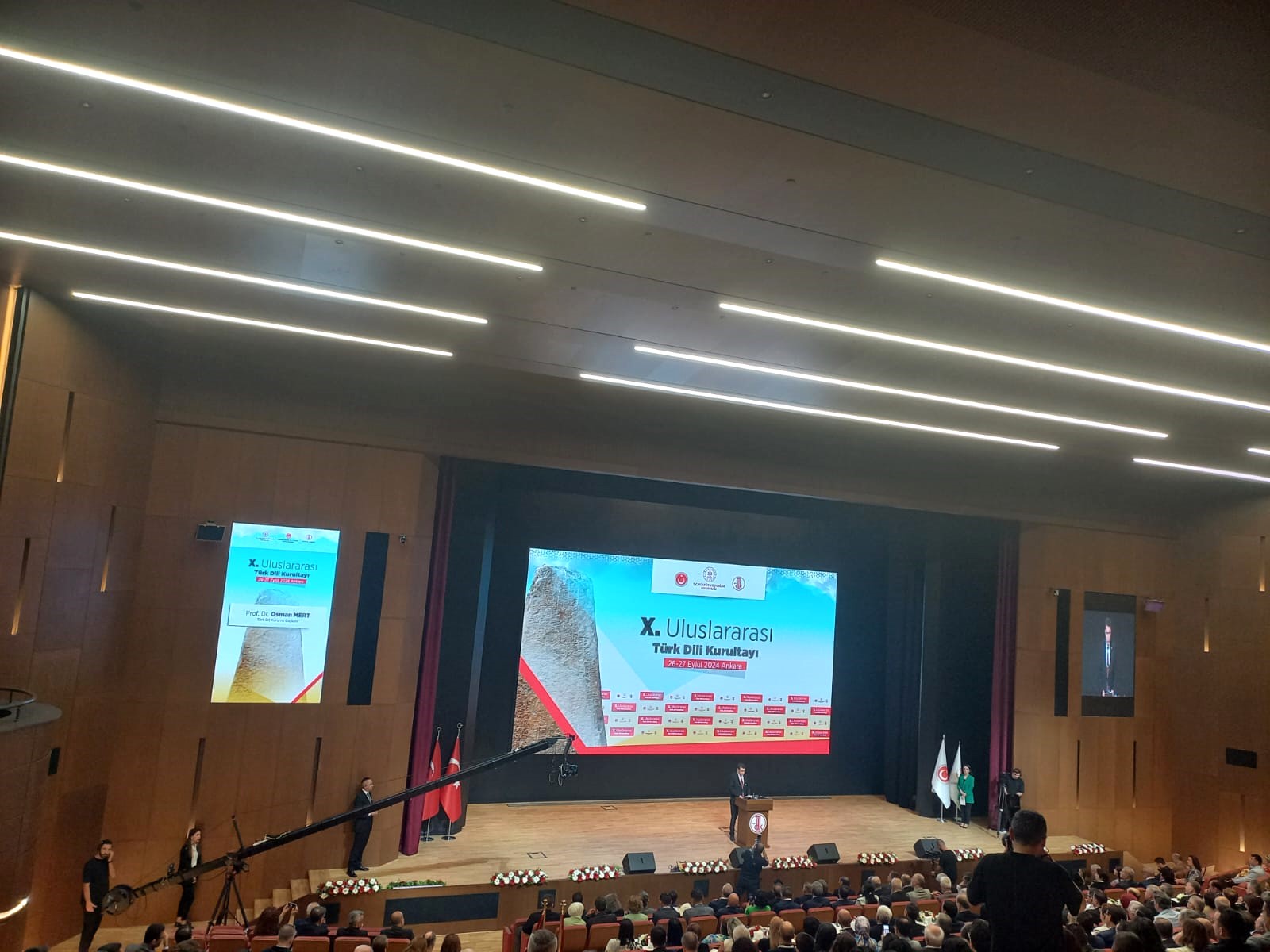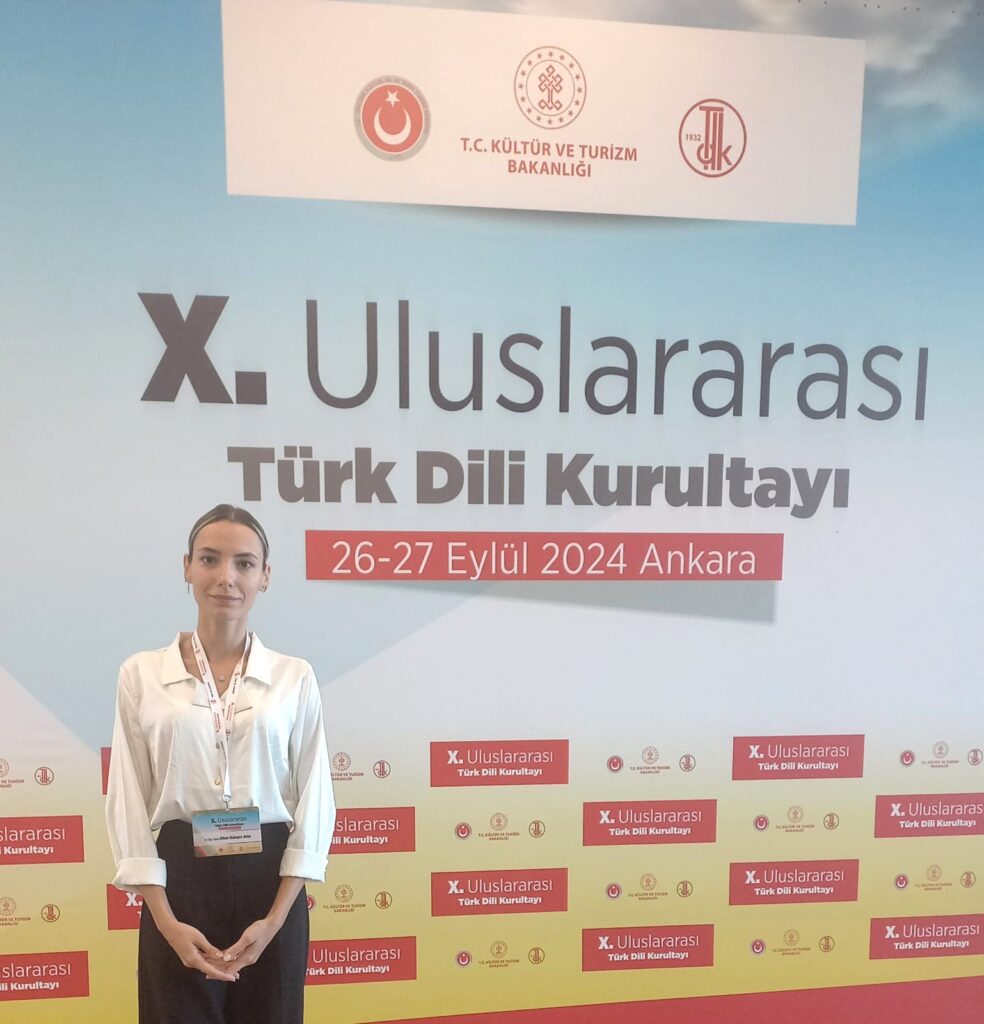
The 92nd anniversary of Turkish Language Day was celebrated with the “10th. International Turkish Language Congress” held in Ankara. Dr. Dilan Kalaycı Alas, a faculty member at the Near East University Turkish Language Teaching Department, represented Near East University and TRNC at the congress, which was attended by a limited number of academics from many countries around the world.
Representatives from many ministries, embassies and public institutions also attended the congress, which was organized with the aim of developing, protecting, enriching and disseminating the Turkish language. The opening speeches of the congress were made by the President of the Atatürk Culture, Language and History High Institution Prof. Dr. Derya Örs, the President of the Turkish Language Association Prof. Dr. Osman Mert and the Deputy Minister of Culture and Tourism Dr. Serdar Çam. The President of the Turkish Language Association Prof. Dr. Osman Mert gave information about the “Common Turkish Alphabet” studies and other activities of the Turkish Language Association.

Dr. Dilan Kalaycı Alas discussed the contributions of digital literacy to the process of learning Turkish as a foreign language with her report titled “Using Digital Resources in Teaching Turkish to Foreigners: A Key Role in Digital Literacy”. Dr. Kalaycı Alas emphasized that the learning process in the field of four basic language skills and grammar is positively affected thanks to the use of digital resources.

Dr. Dilan Kalaycı Alas: “21st century skills increase the importance of digital resources.”
Emphasizing that digital literacy plays an important role in teaching Turkish to foreigners, Dr. Dilan Kalaycı Alas said, “21st century skills increase the importance of digital resources. Digital literacy plays a key role in teaching Turkish to foreigners.”
Emphasizing that artificial intelligence is rapidly developing in education and that the concept of digital literacy is also finding more space in educational environments, Dr. Dilan Kalaycı Alas said, “This situation provides a diversification of resources for language education.”